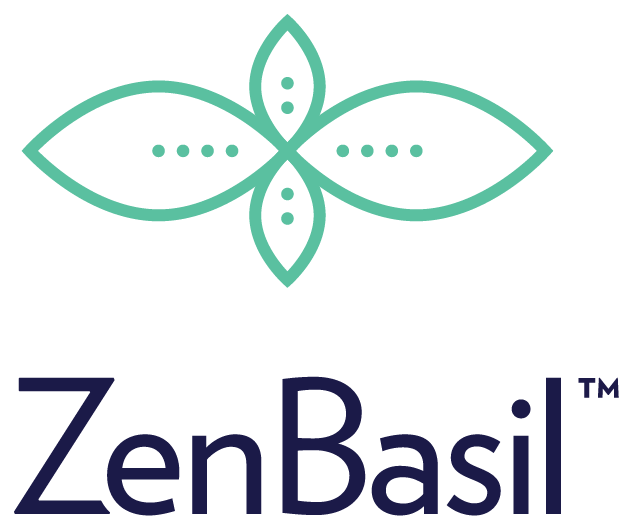In the modern world, where health-conscious consumers strive to make informed choices about their diet, food labels play a crucial role in guiding their decisions. However, behind the seemingly transparent curtain of nutritional information lies a complex and often misleading landscape. This blog aims to shed light on the deceptive practices surrounding nutritional facts on food labels.
Serving Size Shenanigans:
One of the most common tactics employed by food manufacturers is manipulating serving sizes to downplay the actual nutritional content. By using unrealistically small serving sizes, products can appear healthier than they truly are. For instance, a bag of snacks may claim to be low in calories, but the serving size might be a fraction of what an average person would consume.
Sugar by Any Other Name:
The adverse effects of excessive sugar consumption are well-documented, yet food labels often disguise the true sugar content under various names. High fructose corn syrup, agave nectar, and malt syrup are just a few examples of sugar aliases that can confuse consumers seeking to monitor their sugar intake.
'Fat-Free,' But at What Cost?
Products labeled as "fat-free" may seem like a healthy choice, but often, they compensate for the lack of fat with increased sugar or artificial additives. This not only affects the nutritional balance but can also mislead consumers who associate "fat-free" with a healthier option.
Sneaky Sodium:
While sodium is a necessary component of our diet, excessive intake can contribute to health issues. Some food labels conveniently omit the sodium content or use terms like "low sodium" without providing context. This can lead consumers to underestimate their daily sodium intake.
Fortification Fables:
Fortifying food with vitamins and minerals may seem like a positive aspect, but it can also mask the overall nutritional quality of a product. Some manufacturers focus on fortifying processed foods to create a façade of healthiness, despite the product's poor nutritional profile.
Conclusion:
Navigating the world of food labels requires a discerning eye and a healthy dose of skepticism. As consumers, we must educate ourselves about these misleading practices and advocate for clearer, more transparent labeling standards. By doing so, we can make informed choices that genuinely contribute to our well-being, free from the deceptive web woven by misleading nutritional facts on food labels.


